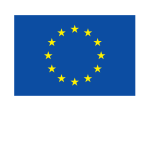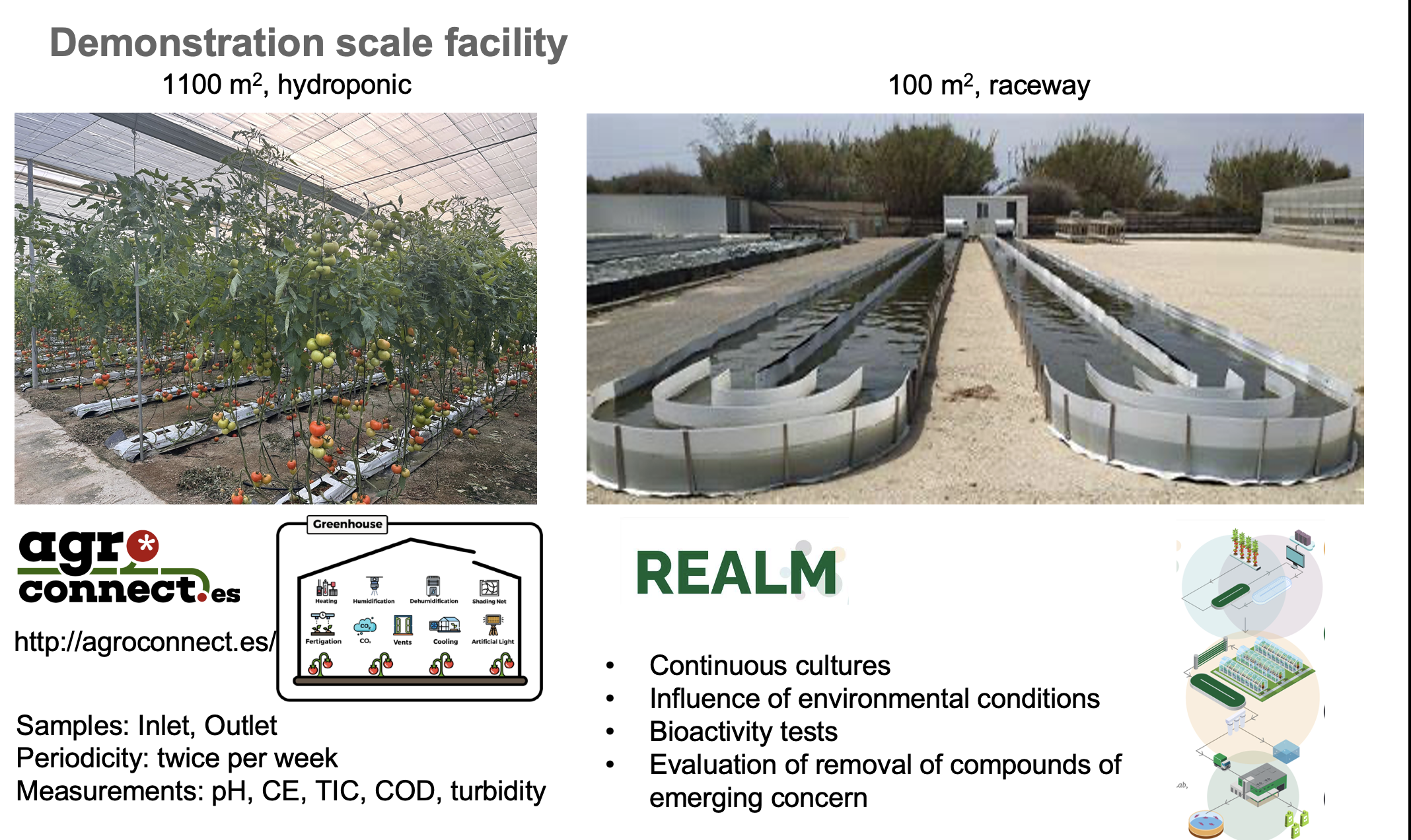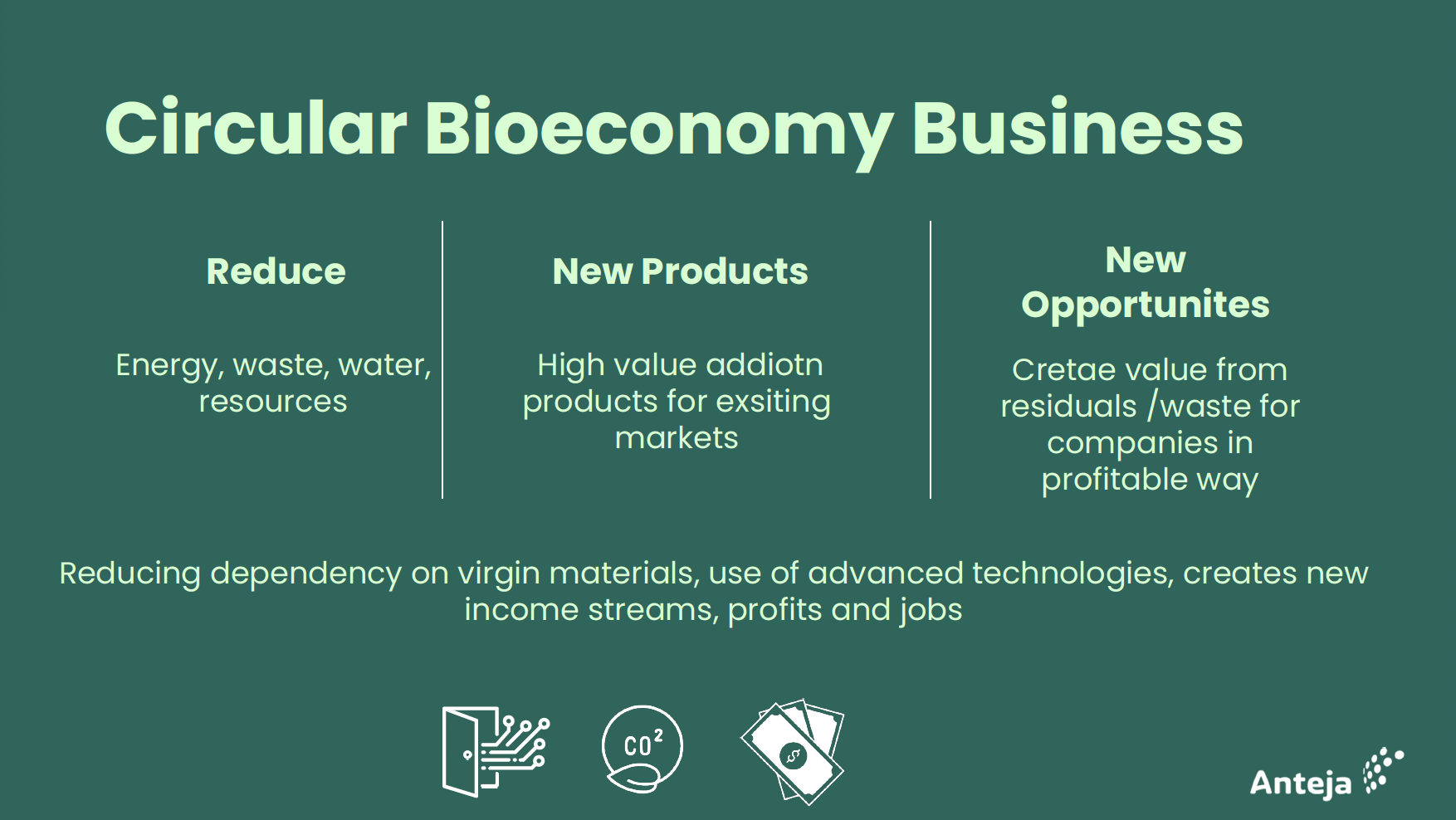The presentation delves into the regulatory and standardization landscape for the algal sector, highlighting the distinction between scientific, economic, and practical classifications of algae. It emphasizes the importance of understanding these classifications to navigate the complex web of European regulations and standards that govern the algal sector. Key Points: 1. Classification of Algae: Algae are classified differently for scientific, economic, and practical purposes. For regulatory, scientific, commercial, and production purposes, algae are considered a functional group of organisms, including microalgae, seaweed, cyanobacteria, and some heterotrophic organisms. 2. European Regulations: Algae are mentioned in over 2000 European texts, with key regulations covering aquatic organism health, water environment, and trade. The presentation highlights specific regulations like the Invasive Alien Species Regulation and the European Maritime Fisheries and Aquaculture Policy, which have direct implications for the algal sector. 3. Product Classification: For product classification, algae are included in the customs classification with oilseeds, cereals, and other vegetable products. The statistical classification for production activity differentiates between agriculture and aquaculture, with further distinctions for freshwater and marine sectors. 4. Novel Food Regulations: The presentation discusses the impact of the Novel Food Regulation on algae, explaining the criteria for determining whether a product is considered novel. It outlines the process for food business operators to consult with authorities and potentially gain authorization to market their algal products. 5. Standards and Technical Documents: Various standards and technical documents underpin European legislation for algae. These standards provide requirements and guidelines for businesses, ensuring quality and consistency in the market. The presentation mentions standards from European standardization bodies, FAO, and private standards, highlighting their role in supporting legislation and promoting best practices. 6. Future Developments and Challenges: The presentation acknowledges the need for specific rules for certain challenges, such as issues with cyanobacteria. It advocates for targeted regulation only when necessary, to avoid imposing additional constraints on stakeholders. The availability of standards for various applications, including food, fuel, cosmetics, and pharmaceuticals, is also highlighted. In summary, the presentation provides a comprehensive overview of the regulatory and standardization environment for the algal sector, underlining the importance of understanding these frameworks for stakeholders involved in the production, processing, and marketing of algal products. It points to the availability of standards and technical documents as crucial tools for maintaining quality and compliance in the industry.




































